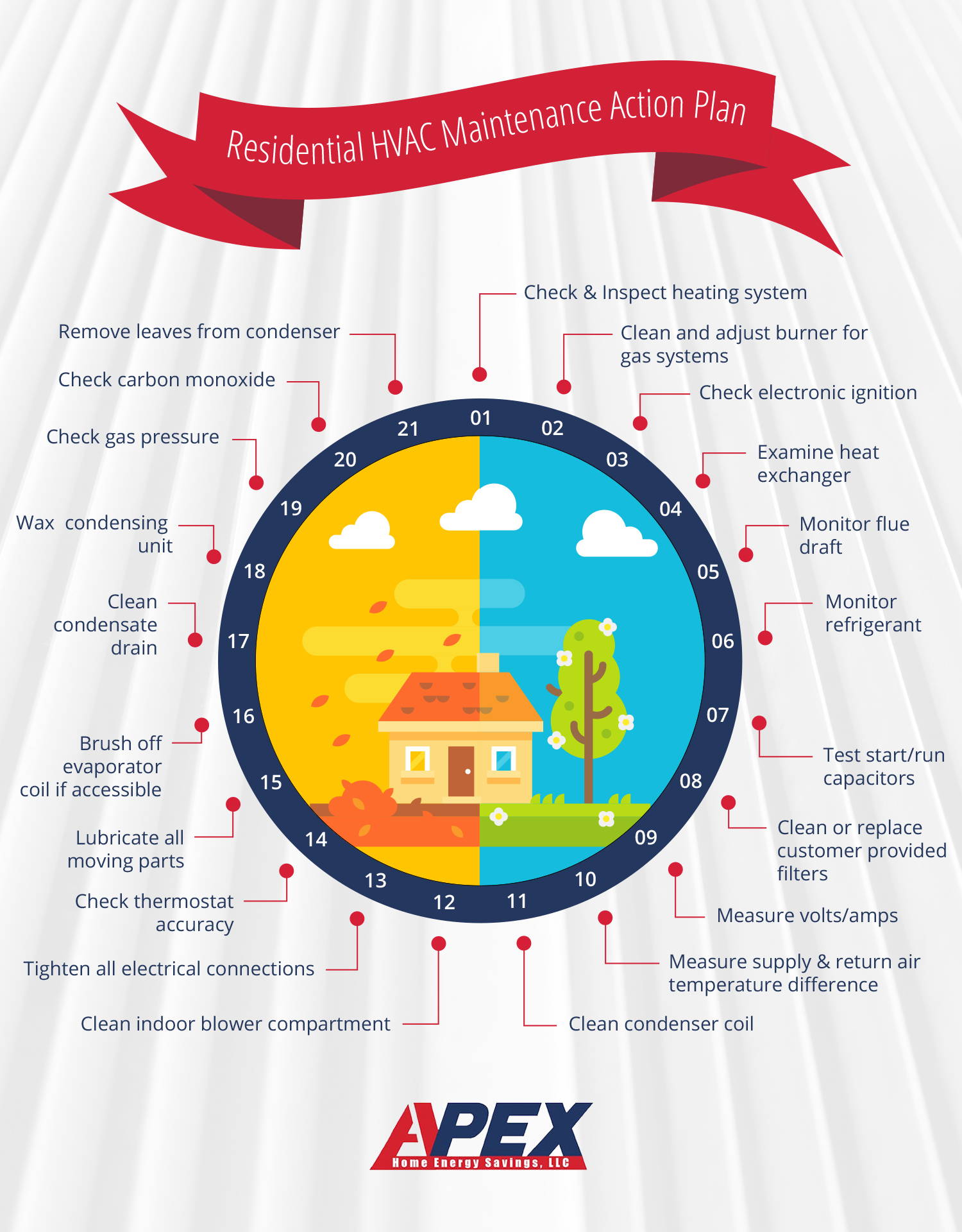Learn Just How To Ensure The Performance And Durability Of Your Heatpump System By Staying Away From Typical Installation Errors
Learn Just How To Ensure The Performance And Durability Of Your Heatpump System By Staying Away From Typical Installation Errors
Blog Article
best heat pump prices -Ware McFarland
When mounting a heatpump, you need to avoid common blunders that could threaten its efficiency. Neglecting proper sizing might cause inadequacies and higher energy costs. Neglecting insulation and sealing can cause power wastage and stress on the system. Additionally, positioning the outside unit incorrectly may impact its efficiency. By preventing these errors, you can make sure optimal working and longevity of your heatpump system.
Improper Sizing of Heat Pump
When it comes to the installation of heatpump, among the most typical errors is poorly sizing the system for your room. Ensuring the best dimension is essential for ideal efficiency. If dc air conditioning is as well little, it will certainly struggle to warmth or cool your area successfully, bring about increased energy expenses and possible wear and tear on the device.
On the other hand, if the heatpump is too huge, it will cycle on and off frequently, creating temperature variations and minimizing its lifespan.
To avoid this error, it's important to have an expert examine your room and suggest the ideal size of the heatpump based on elements like square footage, insulation, ceiling height, and neighborhood climate. By investing the time and initiative to make certain the proper sizing, you can take pleasure in a comfortable environment while optimizing energy performance and prolonging the life expectancy of your heat pump.
Inadequate Insulation and Sealing
To make certain the effective procedure of your heatpump, it's critical to attend to poor insulation and sealing in your space. Appropriate insulation assists keep a constant temperature level inside, minimizing the work on your heatpump. Inadequate insulation can lead to energy loss, making your heatpump work harder and much less successfully.
Sealing any spaces or leakages in your room is equally crucial. These spaces allow conditioned air to leave and outdoor air to seep in, requiring your heat pump to make up for the temperature level changes.
Wrong Placement of Outdoor System
Attending to the placement of your heatpump's exterior device is essential to optimizing its efficiency. Setting up the outside system in a wrong area can cause efficiency concerns and prospective damages to the device.
One usual blunder to stay clear of is putting the outside device as well near to a wall surface or other structures. This can restrict air movement, creating the system to function more challenging to warm or cool your room, inevitably reducing its efficiency and life expectancy.
An additional mistake to stay away from is placing the outdoor unit in direct sunlight. While some sunshine is unavoidable, excessive direct exposure can result in getting too hot, particularly during warm summer days. It's ideal to position the exterior system in a shaded location to help preserve its optimal operating temperature level.
In https://besthvaccompanies33220.eedblog.com/30576517/a-thorough-list-for-ready-your-home-for-heatpump-setup , make sure that the exterior unit is positioned on a secure and degree surface area. Unequal ground can trigger vibrations and unneeded strain on the system, affecting its efficiency with time.
Final thought
Finally, avoiding typical errors during heat pump setup is necessary for optimizing performance and long life of your system. By making certain appropriate sizing, appropriate insulation, sealing, and correct positioning of the outdoor unit, you can stop problems such as inefficiencies, raised energy expenses, and strain on the device. Taking the time to attend to these essential aspects will inevitably save you time and money in the long run.
